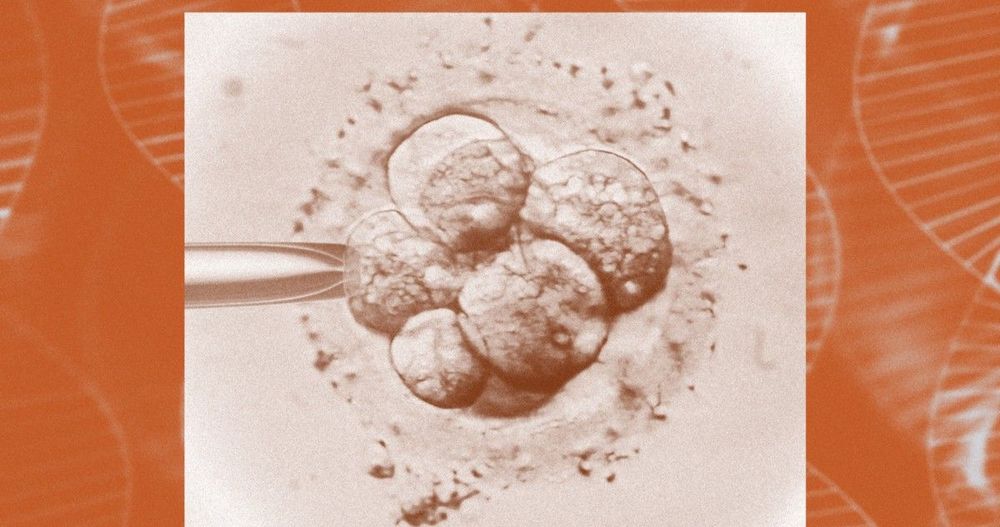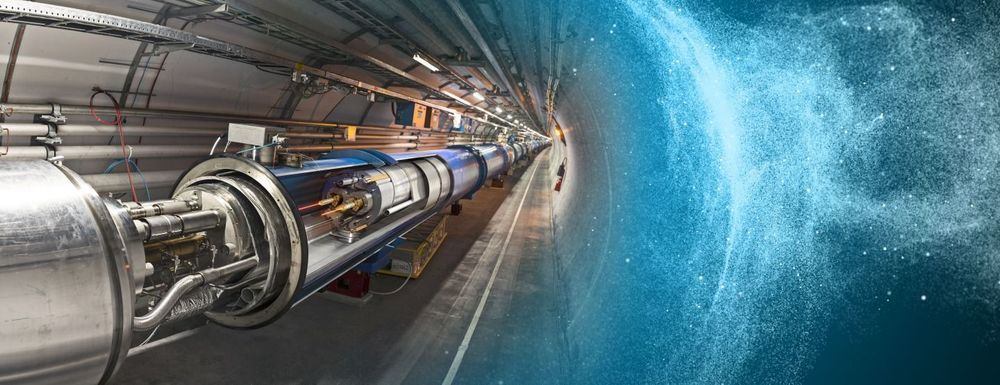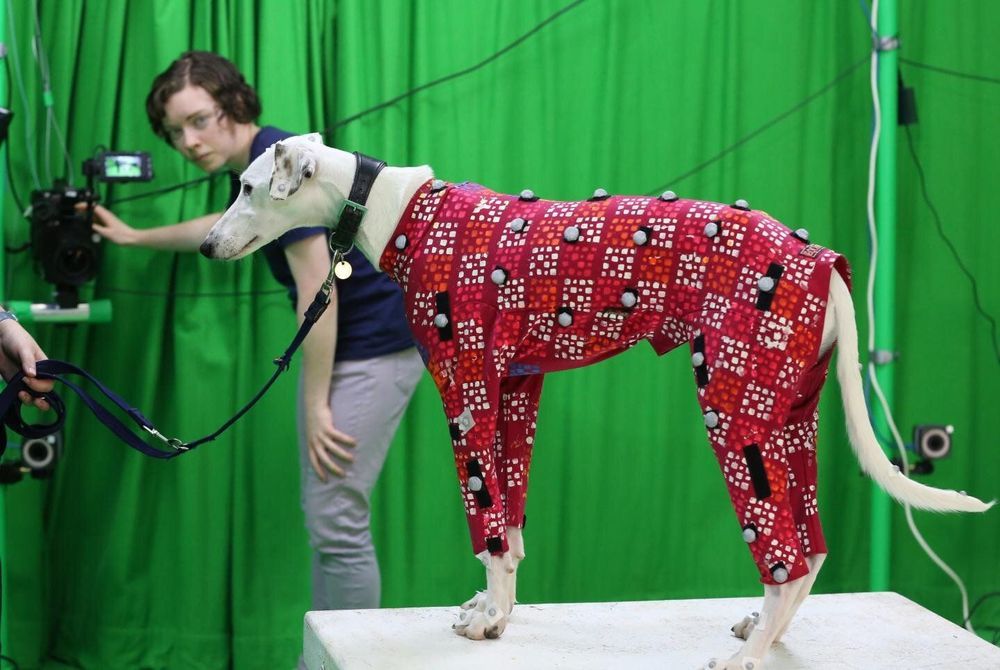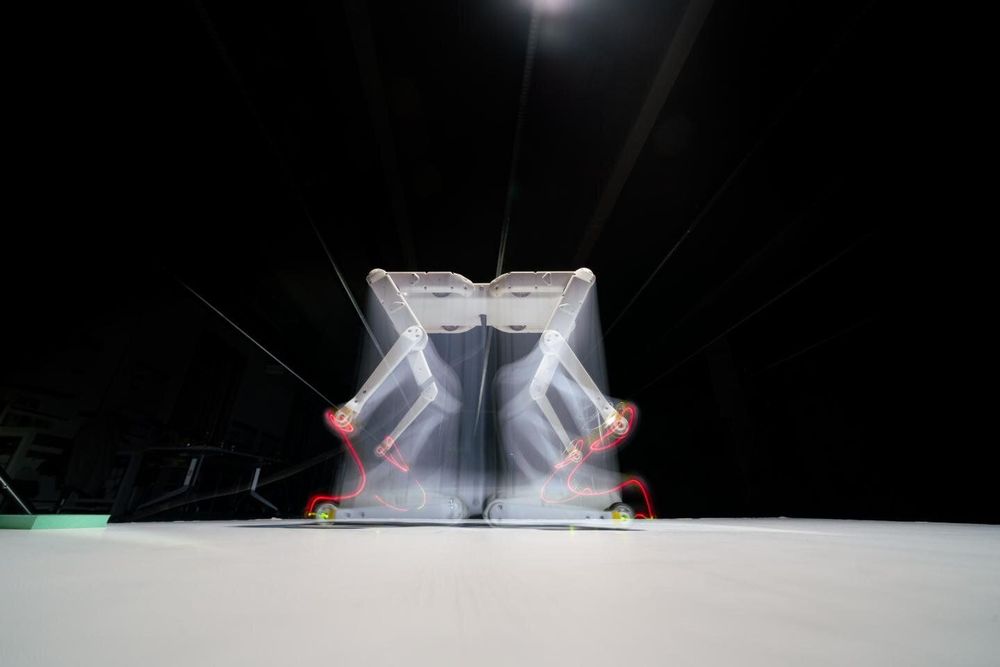This would forever change our world.



Chemical process called ELAST allows labeling probes to infuse more quickly, and makes samples tough enough for repeated handling.
When there’s a vexing problem to be solved, people sometimes offer metaphorical advice such as “stretching the mind” or engaging in “flexible” thinking, but in confronting a problem facing many biomedical research labs, a team of MIT researchers has engineered a solution that is much more literal. To make imaging cells and molecules in brain and other large tissues easier while also making samples tough enough for years of handling in the lab, they have come up with a chemical process that makes tissue stretchable, compressible, and pretty much indestructible.
“ELAST” technology, described in a new paper in Nature Methods, provides scientists a very fast way to fluorescently label cells, proteins, genetic material, and other molecules within brains, kidneys, lungs, hearts, and other organs. That’s because when such tissues can be stretched out or squished down thin, labeling probes can infuse them far more rapidly. Several demonstrations in the paper show that even after repeated expansions or compressions to speed up labeling, tissues snap back to their original form unaltered except for the new labels.


On September 10, 2008, CERN’s Large Hadron Collider (LHC) fired up for the very first time. In the decade since, the world’s largest and most powerful particle accelerator has been responsible for some of the most important breakthroughs in scientific history, most notably the discovery of the Higgs boson in 2013. New Atlas is celebrating the 10-year anniversary with a look back at the LHC’s achievements and, with a massive new upgrade in the works, what physics puzzles it could help piece together in the future.
Not only is the Large Hadron Collider the world’s largest particle accelerator, it’s the world’s largest machine, full-stop. That’s thanks to a 27-km-long (16.7-mi) ring of pipes that house the particle beams, along with thousands of powerful magnets and an advanced cooling system of liquid helium.
The ring is made up of two separate tubes, with high-energy particle beams circling in opposite directions. Superconducting electromagnets accelerate the particles almost to the speed of light, and for those to work they need to be kept extremely cold: −271.3° C (−456.3° F) to be exact, which is colder than outer space. That’s where the liquid helium comes in, chosen because it’s the only known element to remain in a liquid form at such low temperatures.

“We have also partnered with Texas EquuSearch and the National Center for Missing and Exploited Children to tap into their resources as well. We have participated in ground and air searches on Fort Hood and throughout the central Texas region.” Grey said.
The soldier was last seen between 11:30 a.m. and 12:30 p.m. April 22 in the parking lot of 3rd Cavalry Regiment’s engineer squadron headquarters, where she worked in the armory room. Her car keys, barracks room key, identification card and wallet were later found there.

Researchers from the University of Bath have developed motion capture technology that enables you to digitize your dog without a motion capture suit and using only one camera.
The software could be used for a wide range of purposes, from helping vets diagnose lameness and monitoring recovery of their canine patients, to entertainment applications such as making it easier to put digital representations of dogs into movies and video games.
Motion capture technology is widely used in the entertainment industry, where actors wear a suit dotted with white markers which are then precisely tracked in 3D space by multiple cameras taking images from different angles. Movement data can then be transferred onto a digital character for use in films or computer games.

Robots capable of the sophisticated motions that define advanced physical actions like walking, jumping, and navigating terrain can cost $50,000 or more, making real-world experimentation prohibitively expensive for many.
Now, a collaborative team at the NYU Tandon School of Engineering and the Max Planck Institute for Intelligent Systems (MPI-IS) in Tübingen and Stuttgart, Germany, has designed a relatively low-cost, easy-and-fast-to-assemble quadruped robot called “Solo 8” that can be upgraded and modified, opening the door to sophisticated research and development to teams on limited budgets, including those at startups, smaller labs, or teaching institutions.
The researchers’ work, “An Open Torque-Controlled Modular Robot Architecture for Legged Locomotion Research,” accepted for publication in Robotics and Automation Letters, will be presented later this month at ICRA, the International Conference on Robotics and Automation, one of the world’s leading robotic conferences, to be held virtually.
A research team from Empa and EPFL has developed a molecular motor which consists of only 16 atoms and rotates reliably in one direction. It could allow energy harvesting at the atomic level. The special feature of the motor is that it moves exactly at the boundary between classical motion and quantum tunneling — and has revealed puzzling phenomena to researchers in the quantum realm.
The smallest motor in the world—consisting of just 16 atoms: this was developed by a team of researchers from Empa and EPFL. “This brings us close to the ultimate size limit for molecular motors,” explains Oliver Gröning, head of the Functional Surfaces Research Group at Empa. The motor measures less than one nanometer—in other words it is around 100,000 times smaller than the diameter of a human hair.
In principle, a molecular machine functions in a similar way to its counterpart in the macro world: it converts energy into a directed movement. Such molecular motors also exist in nature—for example in the form of myosins. Myosins are motor proteins that play an important role in living organisms in the contraction of muscles and the transport of other molecules between cells.

